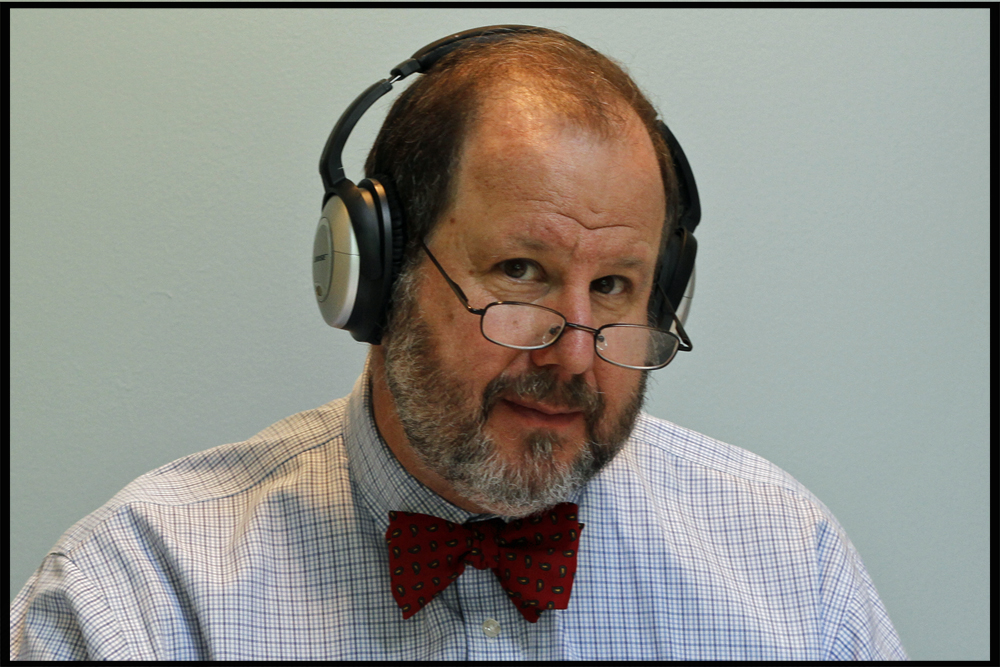
Podcast: Play in new window | Download
Speaking Truth in Love: The Weight of Avoidance in Pediatric Metabolic Health
After completing the second round of our Asthma and Obesity Metabolic Pilot Program at Salisbury Pediatrics, I left the clinic reflecting deeply on what I witnessed. It crystallized a truth that is uncomfortable but undeniable: the greatest health threats to our children today are not infectious or accidental, they are metabolic. Diseases once reserved for adulthood: insulin resistance, fatty liver, hypertension, early vascular aging are now appearing in children who should be free to run, play, and thrive.
In modern society, conversations about weight and metabolic dysfunction have become relatively taboo. This is not to say that children of normal or low weight are immune; they, too, can be at risk. However, the excess-weight group carries the highest statistical burden. Too often, clinicians hesitate to speak truth to families for fear of offending, shaming, or overstepping. In doing so, we risk silence becoming complicity and allowing preventable disease to take root in the very children we are charged to protect.
Much of this epidemic is not born of individual failure but of systemic neglect. Government-funded, poor-quality school meals, cheap processed foods, and relentless marketing of sugar and refined carbohydrates have built an environment where metabolic injury is almost inevitable. When a child’s daily fuel is engineered for shelf life instead of cell life, the outcome is not accidental, it is predictable. Our pilot program lab results are a painful window into that truth…. and a literature review on eczema and anaphylaxis.
Enjoy Dr. M





















